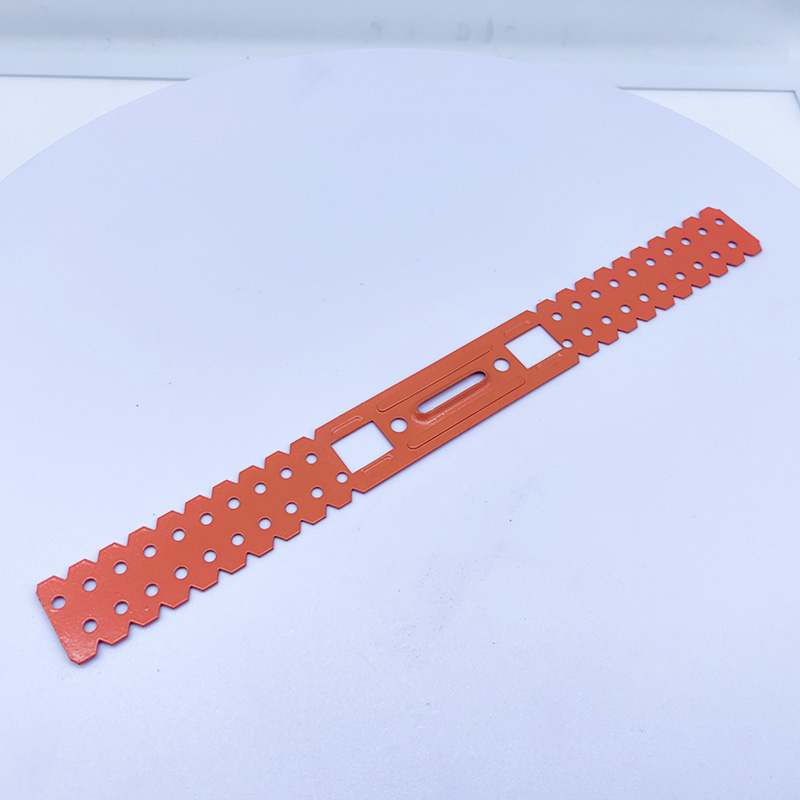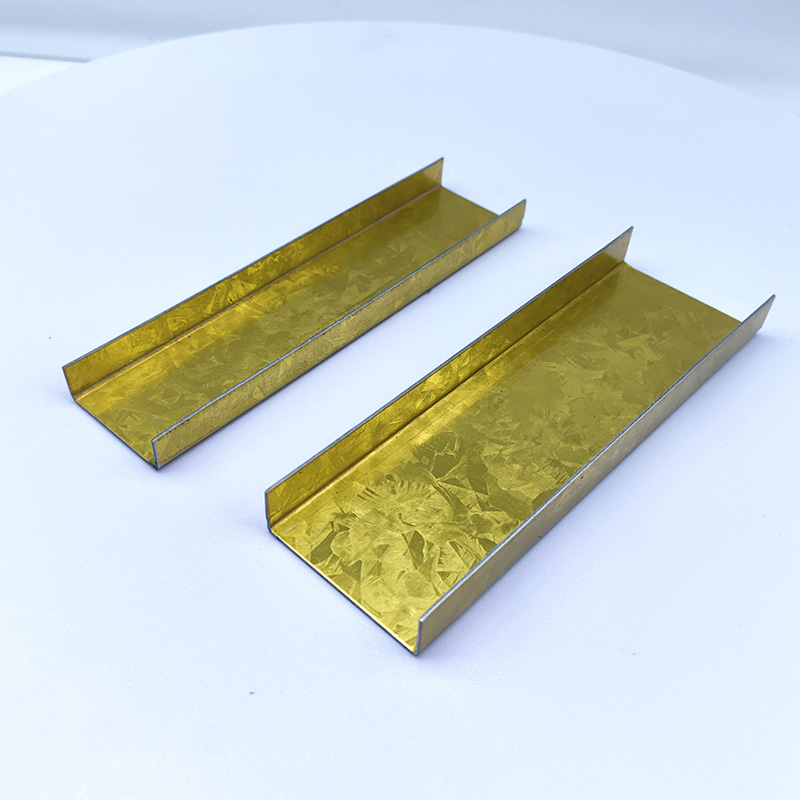Ceiling Grids vs. Traditional Ceilings: Which is Better for the Money?
2025-02-02 10:23:41
Introduction
Ceiling decoration is often overlooked in architecture and interior design, but it actually plays a vital role. Not only does the ceiling hide infrastructure such as wires and pipes, it can also significantly affect the overall aesthetics and ambience of a room. With the continuous advancement of decoration technology, the options for ceiling decoration have become more and more diverse, among which ceiling grids and traditional suspended ceilings are the two most popular options. However, faced with these two options, consumers are often confused about which one is more economical. This article will take a closer look at the features, benefits, and costs of ceiling grids vs. traditional suspended ceilings to help you make an informed decision.
1. Features and advantages of ceiling grids
Definition and Construction: A ceiling grid, also called a suspended ceiling grid or open grid ceiling, consists of a metal or plastic frame with various panels or trims mounted between the grids. This design is not only simple and modern, but also provides good ventilation and lighting effects.
Ease of Installation: The installation process of the ceiling grid is relatively simple and quick. Due to its modular design, installers can complete assembly quickly, greatly shortening construction time and reducing installation costs.
Maintenance and Replacement: Maintenance and replacement of ceiling grids is also easy. If a part is damaged, only the damaged module needs to be replaced without replacing the entire system, which greatly reduces long-term maintenance costs.
2. Characteristics and advantages of traditional suspended ceilings
Definition and structure: Traditional suspended ceilings are usually made of gypsum boards, PVC boards or wooden materials and are fixed to the ceiling by keels. This type of ceiling has a variety of styles and can adapt to various decoration styles, from simple to luxurious.
Decorative effect: Traditional suspended ceilings have significant advantages in decorative and visual effects. It creates a smooth and seamless surface that is easy to paint or wallpaper, adding beauty and depth to interior spaces.
Cost Considerations: Although traditional ceilings may be more expensive upon initial installation, their durability and classic aesthetic make them economical over the long term. However, repairs and replacements usually require more time and cost, as damage may require replacement of the entire ceiling or parts of large areas.
3. Cost comparison and affordability analysis
Initial investment comparison: The initial investment for ceiling grids is usually lower than that for traditional suspended ceilings because the materials and installation process are relatively simple. For renovation projects with a limited budget, a ceiling grid may be a more economical option.
Long-term maintenance cost comparison: In the long run, ceiling grids have lower maintenance costs because the modular design makes repairs or replacements simple and quick. Once a traditional ceiling is damaged, the cost of repair may be high, especially when the damage is extensive.
Comprehensive evaluation: Considering the initial investment and long-term maintenance costs, ceiling grids perform better in terms of affordability. Particularly for commercial spaces that require frequent replacement or maintenance, the flexibility and low cost of ceiling grids make them an ideal choice.
4. Objective suggestions and conclusions
Recommended selection scenario analysis: If your decoration budget is limited and you pursue a modern and simple style, ceiling grid is a more suitable choice. It not only saves costs, but also provides flexible and varied decorative effects. For residential or high-end commercial spaces that pursue a sense of luxury and classic aesthetics, traditional ceilings may be more in line with their needs, despite their higher costs.
Conclusion summary: Overall, ceiling grids have advantages in affordability, ease of installation, and maintenance costs, and are suitable for commercial spaces with limited budgets or that require frequent decoration changes. Traditional suspended ceilings, however, have gained a place in high-end residences and places that pursue classic aesthetics due to their decorativeness and durability. When making renovation decisions, you should make wise choices based on your specific needs and budget.
Conclusion
Looking back at the pros, cons and economics of ceiling grids and traditional suspended ceilings, it is not difficult to find that each solution has its own unique application scenarios. The importance of decoration selection is self-evident. It is not only about cost, but also about the final space effect and living experience. Therefore, readers are encouraged to carefully weigh various factors and make the ceiling decoration decision that best suits them according to their own needs and actual situation. A wise choice will add infinite charm and value to your living or working environment.

A Double Anti-Rust Gold Partition Wall Stud is a type of steel stud commonly used in the co...

A CD UD Profile Furring Clip U Clamp is a type of metal fastening component used in the ins...

A 60mm Ceiling Grid refers to a type of suspended ceiling system, commonly used in commerci...

38mm Main Tee and 50mm Main Tee refer to the widths of the main tee profiles used in suspen...

